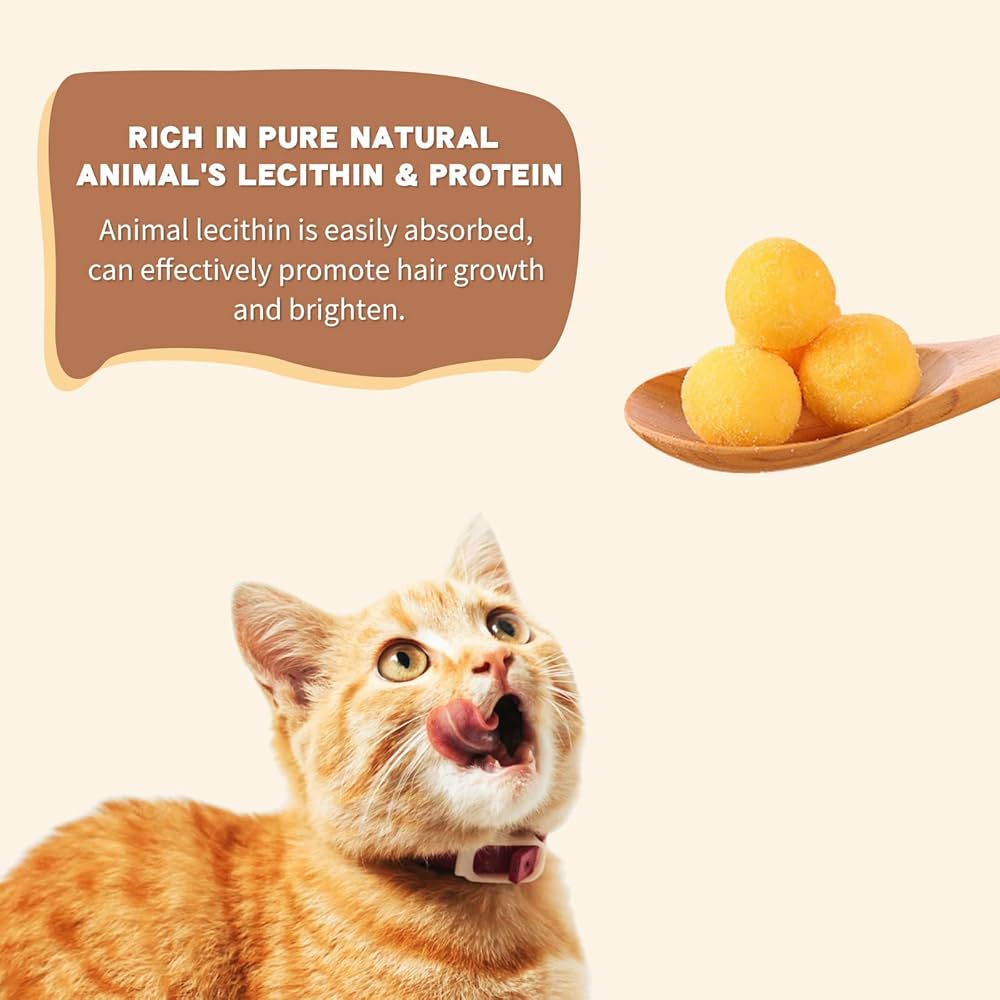Smart Ways to Enjoy Pizza Healthily in 2025
Pizza is a beloved dish that brings joy to many, but it often comes with a reputation for being unhealthy. With the right approach, it's possible to indulge in pizza while maintaining a balanced diet. This article explores various methods to enjoy delicious pizza with health in mind, focusing on ingredient choices, preparation methods, and moderation. We'll cover the nutritional aspects of pizza, highlight healthy topping and crust options, and provide tips for enjoying pizza while supporting your overall health.
We'll discuss the potential health benefits of homemade pizzas, suggest alternative toppings, and share insights on making smart pizza choices. By understanding pizza nutrition, including the calories in pizza and its fat and sodium content, you can better navigate your food choices. So, let’s dive into the smart ways to enjoy pizza healthily in the future, keeping both flavor and health in mind.
Understanding Pizza Nutrition: An Overview
Before we can make healthier pizza choices, it's vital to understand the nutritional components of pizza. Traditional fast food pizza often contains high levels of calories, fat, and sodium, particularly due to processed cheese and fatty toppings. According to nutritionists, consuming pizza frequently without being mindful can lead to weight gain and various health issues.
Calories in Pizza: What Should You Know?
The first step in making informed choices about pizza is understanding the calories in each slice. On average, a typical slice of pizza can contain between 250 to 350 calories, depending on the ingredients used. When it's laden with heavy toppings like pepperoni or extra cheese, those numbers can skyrocket. It's crucial to consider not just the slice but also serving sizes and how they fit into your daily caloric intake.
Pizza Fat Content and Its Health Impacts
Fat content is another critical aspect of pizza nutrition. A large portion of the fat may come from processed cheese and high-fat meats, which can negatively impact heart health. Opting for lower-fat cheese options or using less cheese can significantly reduce the overall fat content, making your pizza more heart-friendly.
The Role of Carbohydrates in Pizza
Pizza crusts are typically high in carbohydrates, which can cause spikes in blood sugar levels, particularly in those monitoring their diabetes and cholesterol. Choosing a whole grain or gluten-free pizza crust helps to lower the impact of carbohydrates on the body. Additionally, making portion control a priority allows for moderation, helping maintain stable energy levels throughout the day.
Making Pizza Healthier: Toppings and Ingredients
With an understanding of pizza's nutritional aspects, we can explore how to add more health benefits through toppings and ingredients. By selecting healthier components, your pizza can transform from an indulgent treat to a nutritious meal.
Healthy Pizza Toppings to Consider
Choosing the right toppings can greatly enhance the nutritional value of your pizza. Consider incorporating more vegetables such as spinach, bell peppers, mushrooms, and onions. These options not only add flavor but also contribute essential nutrients. Additionally, opting for lean proteins like chicken, turkey, or even plant-based proteins can help maintain a balanced diet while satisfying your pizza cravings.
Exploring Pizza Sauce: Choosing Wisely
The type of sauce you use also greatly affects pizza nutrition. Traditional pizza sauce can be loaded with sugars and preservatives, so opting for homemade sauce or organic options can be smart. Making your own allows you to control the ingredients and reduce the sugar content, further aiding your dietary goals.
The Impact of Pizza Crust Selection
When it comes to pizza crust, think beyond the standard pizza. Thin crust pizzas tend to be lower in calories and carbohydrates. Whole grain and cauliflower crusts offer great alternatives that provide nutrients without sacrificing flavor. Not only do these options make for a lighter meal, but they also deliver additional fiber, further contributing to a healthier balance.
Portion Control: Managing Your Pizza Intake
Even with healthier choices, portion control is essential when enjoying pizza. Oversized slices can easily lead to consuming more calories and fat than intended, which is why understanding portion sizes for pizza is crucial.
Understanding Pizza Serving Sizes
A sensible approach is to limit your portion to one to two slices, complementing your meal with a side salad or vegetables. This can help you remain satisfied without overindulging. Sharing a pizza with friends or family is another excellent way to control portions while enjoying a variety of flavors.
Meal Planning with Pizza in Mind
When planning meals, consider including pizza occasionally rather than regularly. Planning can help balance your diet, making sure you’re not relying solely on pizza for nutrition. Incorporating healthy eating habits, such as including fruits, vegetables, and whole grains into your meals, can create a more rounded diet while still allowing for your pizza cravings.
Strategies for Pizza Moderation
Pizza in moderation is all about making conscious choices. Opting for healthier pizzas at restaurants or ordering smaller sizes can prevent the temptation to eat too much. Additionally, cooking homemade pizzas can be a fun way to experiment with healthier recipes, ensuring that you control what goes into your meal.
Exploring Healthy Pizza Options in 2025
In 2025, the concept of healthy pizza is evolving, bringing forth new varieties and alternatives tailored to dietary needs. From gourmet options to frozen pizzas that prioritize health, there are more choices than ever before.
Gourmet Pizza Varieties: What’s New?
Gourmet pizzas are ideal for health-conscious individuals seeking variety. Many restaurants now offer pizzas with a focus on organic ingredients, low-sodium options, and innovative toppings that boost nutrient density. You can even find pizzas topped with trendy ingredients like quinoa or chickpeas, enhancing both texture and taste.
Homemade Pizza Benefits: Crafting Your Own
Making pizza at home allows maximum control over the ingredients and preparation methods. You can use whole grain crusts, fresh vegetables, and lean meats, ensuring that your meal remains nutritious. Further, homemade pizza can be a family affair, teaching healthy cooking habits to children.
Pizza and Health Studies: What the Experts Say
Research indicates that pizza doesn't have to spell disaster for your diet. Regularly including healthier pizzas in your meal can have positive effects, especially when they're balanced with other nutritious foods. Nutritionists recommend viewing pizza as one of many food choices instead of the focus of your diet.
Conclusion: Enjoying Pizza Healthily
As we look toward the future, enjoying pizza healthily in 2025 means understanding its nutritional impact while making informed choices. By selecting healthier ingredients, monitoring portion sizes, and embracing homemade options, you can satisfy your pizza cravings without compromising your health. Remember, the goal is moderation and balance—pizza can be a delightful part of a nutritious diet, as long as we approach it wisely.
 example.com/image2.png
example.com/image2.png
 example.com/image3.png
example.com/image3.png 